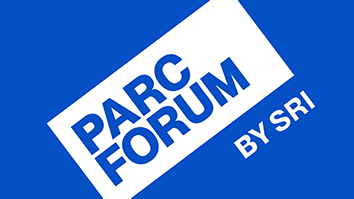Citation
Regan MD, Flynn-Evans EE, Griko YV, Kilduff TS, Rittenberger JC, Ruskin KJ, and Buck CL (2020). Shallow Metabolic Depression and Human Spaceflight: A Feasible First Step. J. Appl. Physiol. 2020 Mar 1;128(3):637-647. doi: 10.1152/japplphysiol.00725.2019.
Abstract
Synthetic torpor is an induced state of deep metabolic depression (MD) in an organism that does not naturally employ regulated and reversible MD. If applied to spaceflight crewmembers, this metabolic state may theoretically mitigate numerous biological and logistical challenges of human spaceflight. These benefits have been the focus of numerous recent articles where, invariably, they are discussed in the context of hypothetical deep MD states in which the metabolism of crewmembers is profoundly depressed relative to basal rates. However, inducing these deep MD states in humans, particularly humans aboard spacecraft, is currently impossible. Here, we discuss shallow MD as a feasible first step toward synthetic torpor during spaceflight and summarize perspectives following a recent NASA-hosted workshop. We discuss methods to safely induce shallow MD (e.g., sleep and slow wave enhancement via acoustic and photoperiod stimulation; moderate sedation via dexmedetomidine), which we define as an ~20% depression of metabolic rate relative to basal levels. We also discuss different modes of shallow MD application (e.g., habitual versus targeted, whereby shallow MD is induced routinely throughout a mission or only under certain circumstances, respectively) and different spaceflight scenarios that would benefit from its use. Finally, we propose a multistep development plan toward the application of synthetic torpor to human spaceflight, highlighting shallow MD’s role. As space agencies develop missions to send humans further into space than ever before, shallow MD has the potential to confer health benefits for crewmembers, reduce demands on spacecraft capacities, and serve as a testbed for deeper MD technologies.


